Creating metal wall art is an inspiring way to blend craftsmanship and creativity. Whether you’re an experienced artist or a beginner exploring new skills, understanding how to make metal wall art opens up endless possibilities. This method involves choosing the proper substances, learning basic gear, and bringing particular designs to life. From sketching ideas to shaping and completing metal, each step helps you to customize your art while improving your abilities. Metal wall art not only adds beauty to spaces however additionally showcases individuality. By gaining knowledge of these techniques, you may remodel uncooked materials into beautiful masterpieces that elevate any room or out of doors region with lasting splendor and style.
Understanding The Essence Of Metal Wall Art

Metal wall art transcends mere decoration; it is a statement of artistry and ingenuity. From sweeping abstract forms to intricately detailed botanical motifs, the adaptability of metal allows for boundless creativity. Materials like aluminum, copper, or steel serve as a canvas, their innate qualities manipulated by artists to forge sculptures that exude resilience, elegance, or an industrial edge. Mastery begins with understanding the characteristics and potential of this timeless medium.
Essential Tools And Materials Your Crafting Arsenal
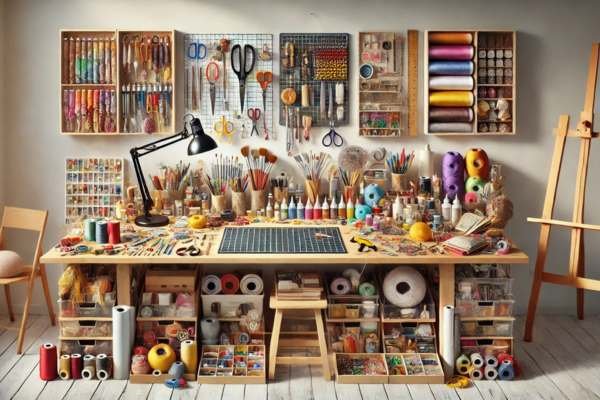
To transform raw metal into a masterpiece, the right tools are indispensable. A plasma cutter or metal saw is crucial for precise cutting, while hammers, anvils, and bending jigs assist in shaping. Safety is paramount—gloves, goggles, and welding masks are non-negotiable. Finishing materials, including sandpaper, paints, and patinas, complete your toolkit, enabling you to imbue your creation with finesse and flair.
Selecting The Perfect Metal For Your Vision
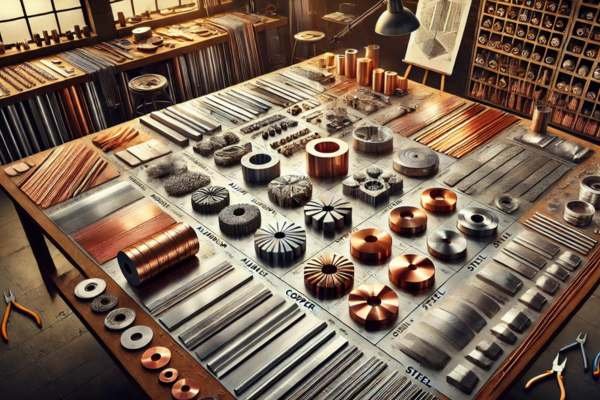
Each metal possesses unique attributes that lend themselves to specific artistic visions. Aluminum, light yet pliable, caters to detailed designs. Copper’s warm hues and propensity for patination evoke a vintage aesthetic. Steel, known for its robustness, provides a sleek, modern feel. The intended use of your piece—be it an indoor accent or outdoor statement—should guide your material choice.
Why Create Your Own Metal Wall Art?
To craft your own metal art is to weave individuality into your environment. The tactile manner of slicing, shaping, and completing no longer most effectively refines your talents but also yields a deeply non-public connection to the final piece. Beyond its emotional resonance, creating custom art circumvents the monotony of mass production, offering an economical alternative to store-bought decor.
Drawing Inspiration The World As Your Muse

Design ideas can emerge from the most unexpected sources. Envision geometric forms echoing urban architecture or organic patterns inspired by the natural world. Browse choose wall art galleries, explore online platforms, or reflect on the thematic essence of your living space—modern minimalism, rustic charm, or industrial chic—to shape your conceptual blueprint.
Blueprinting The Power Of A Sketch
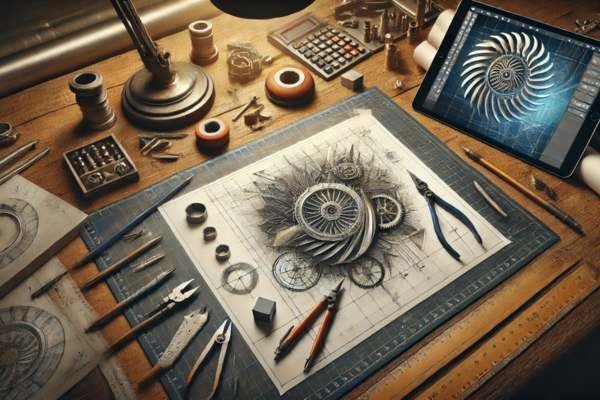
A well-thought-out sketch bridges imagination and reality. Whether drafted meticulously on graph paper or designed digitally, this visual roadmap mitigates errors and enhances precision. A detailed sketch is not merely preparatory; it’s the foundation upon which your metal masterpiece will be built.
Cutting The Metal Precision In Action
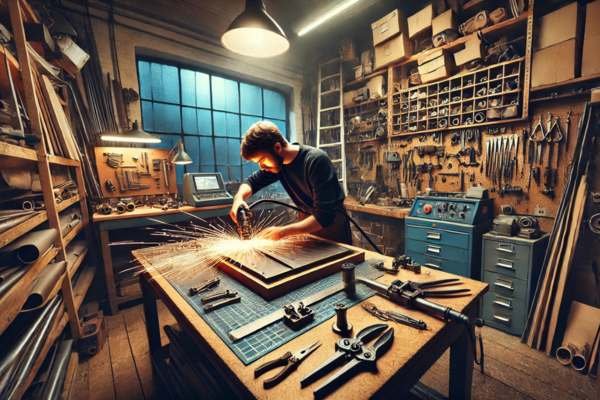
Metal cutting is a meticulous art that demands both technical skill and safety awareness. Tools like tin snips or plasma cutters enable clean lines and intricate details. Always stabilize your material, and smooth sharp edges with a metal file to prevent accidents. Every cut is a deliberate step closer to realizing your vision.
Shaping And Forming Breathing Life Into Metal
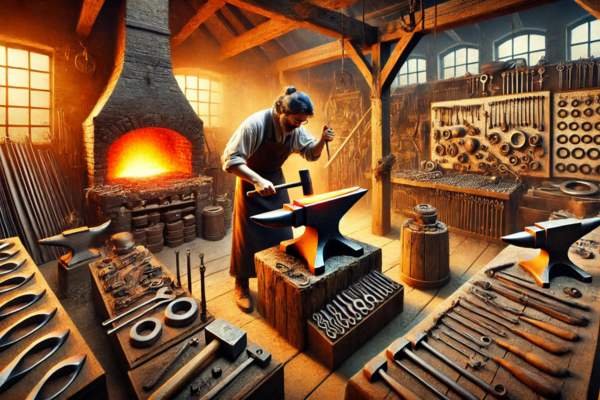
The transformative process of shaping metal melds strength with fluidity. Tools such as mallets and anvils shape curves, while heat softens rigid metals for finer detailing. Techniques like embossing and bending add texture and dimension, imbuing flat surfaces with dynamic energy.
Texturizing Adding Depth And Character
Texture is the soul of metal art. Techniques like engraving or hammering create intricate patterns, while etching introduces striking contrasts. Stencils provide uniformity, while freehand polishing highlights intentional imperfections, yielding a piece as unique as the artist’s fingerprint.
Presenting Your Work: Mounting Options
Mounting is as much about stability as it is about presentation. Heavier pieces demand robust brackets, while lightweight designs may benefit from adhesive mounts. Floating frames provide a modern touch, while direct wall mounting allows for a minimalist approach. Consider your wall type—wood, brick, or plaster—when choosing mounting hardware.
Patinas And Finished The Final Flourish
Finishing treatments elevate metal art from raw material to refined artistry. Patinas enhance visual complexity, introducing hues of green, blue, or bronze. Protective coatings like varnish preserve your work against rust and weathering. Experimentation with finishes transforms metals inherent sheen into an expressive palette.
Using Metal Art As A Room’s Centerpiece
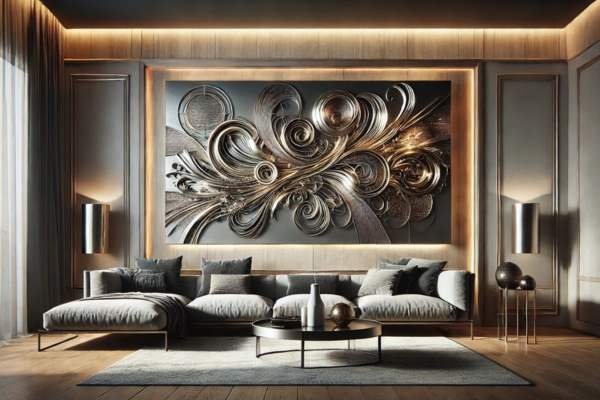
Strategically placed, metal art commands attention and elevates its surroundings. A bold, oversized piece above a mantle or sofa becomes an instant focal point, while smaller compositions arranged gallery-style evoke curiosity and movement. Accent lighting enhances metallic textures, creating an interplay of light and shadow that captivates.
Preserving Outdoor Metal Art
Outdoor pieces require vigilant care to withstand the elements. Regular cleaning with mild soap removes grime, while rust spots should be treated promptly. Protective sealants guard against moisture, ensuring your art retains its brilliance across seasons.
Frequently Asked Questions
– Can Beginners Successfully Create Metals Wall Art?
Yes, beginners can create metal wall art with a bit of preparation and the right tools. Start with simple designs and lightweight metals like aluminum, which are easier to cut and shape. Equip yourself with critical equipment together with tin snips, a hammer, and protection tools. Follow on-line tutorials or attend workshops to research simple techniques. With staying power and exercise, you may progressively build your skills and create lovely portions.
– What Are the Safest Practices for Cutting and Shaping Metal?
Safety is paramount when working with metal. Always wear protective gloves, goggles, and sturdy shoes. Use well-maintained tools and secure your metals on a stable surface before cutting or shaping. Keep your workspace well-lit and clutter-free to avoid accidents. Prioritize precision and avoid rushing.
Final Reflections
Creating steel wall art is a worthwhile adventure that blends creativity and craftsmanship. By know-how the substances, using the right tools, and following safety measures, you may turn uncooked metallic into beautiful, personalized designs. From sketching ideas to adding textures and finishes, each step brings your imaginative and prescient to existence. Whether you’re a beginner or an experienced artisan, learning how to make metal wall art allows you to craft unique pieces that enhance any space. With right upkeep, your artwork can stay a timeless focal factor, showcasing your talent and individuality for years to come.

